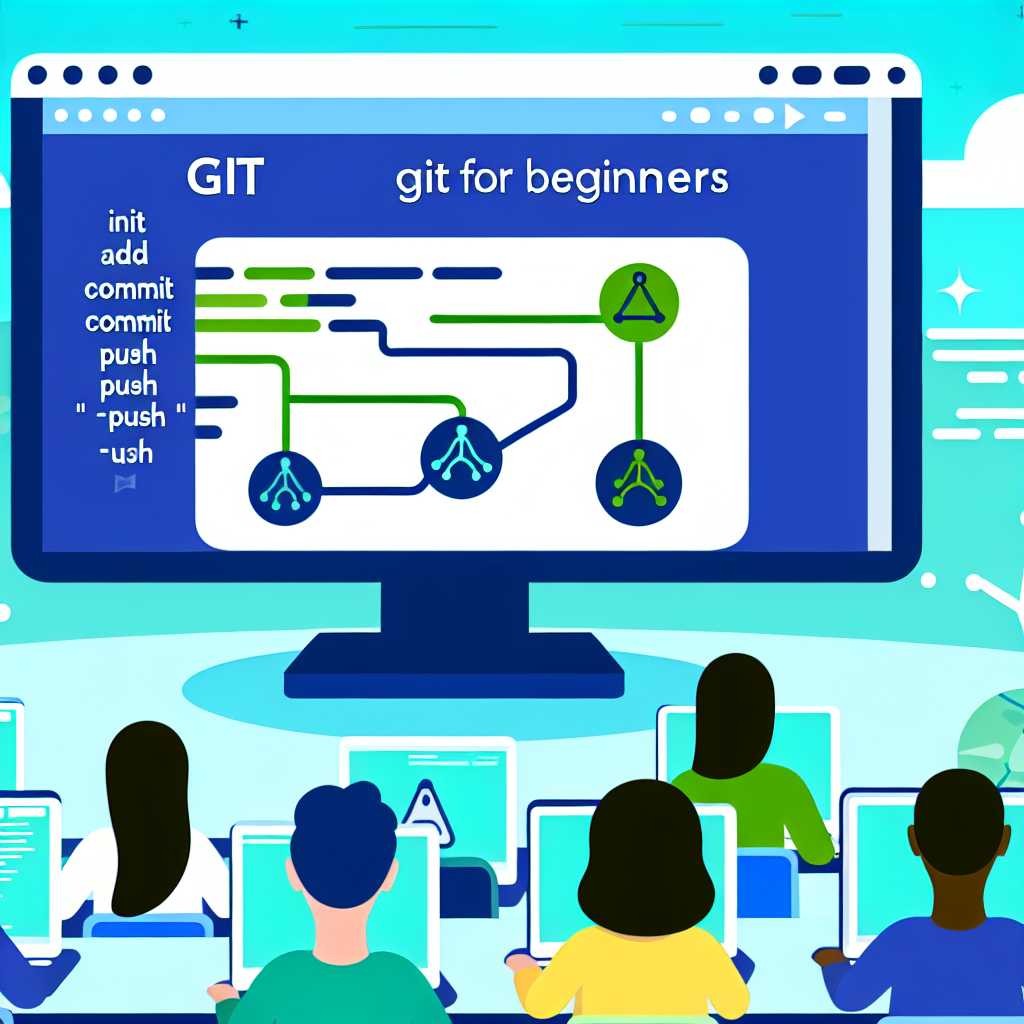If you’re a software developer or involved in a project that involves coding, chances are you’ve heard of Git. As a powerful version control system, Git tracks changes in source code during software development. However, getting started can be challenging for beginners. In this article, I will provide you with a concise introduction to Git that will help you understand and utilize it effectively in your projects.
What is Git?
Git is a distributed version control system that allows multiple developers to work on the same project without interfering with each other’s changes. Created by Linus Torvalds, it’s known for its speed, efficiency, and robust handling of both small and large projects.
Getting Started with Git
To begin working with Git, the first step is installing it on your machine. Git is compatible with various operating systems, including Linux, macOS, and Windows.
Once installed, it’s essential to set up your configuration to associate commits with your identity. This can be done using two simple commands:
git config --global user.name "Your Name"
git config --global user.email "your.email@example.com"
This information will appear in your commits, making it easier to track changes over time.
Creating a Repository
A repository, or "repo," is where Git stores your project’s history. You can turn any directory on your computer into a Git repository by navigating to it and running the following command:
git init
This command creates a new Git repository, allowing you to start tracking changes.
Basic Commands
Here are some fundamental commands to help you get started:
git add <file>: Stage changes you want to commit.git commit -m "message": Commit your staged changes.git status: Check the status of your working directory.git log: View your project’s commit history.
Pushing and Pulling Changes
If you are working in a team, you might want to share your changes on a remote repository like GitHub or GitLab. Use the following commands:
git push: Upload changes to a remote repository.git pull: Fetch changes from a remote repository and merge them into your local branch.
Conclusion
This introduction covers only the basics, but it should be sufficient to get you started on your Git journey. As you become more familiar with Git, you may want to explore branching, merging, and dealing with conflicts. Remember, mastering Git will significantly enhance your productivity and help you manage your projects more effectively.
Happy coding!


Leave a Reply to Maddie Cancel reply